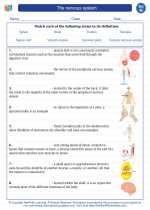Ion Channels
Ion channels are transmembrane proteins that allow the passage of ions across the cell membrane. They play a crucial role in maintaining the resting membrane potential, action potential generation, and signal transduction in various cells, including neurons, muscle cells, and endocrine cells.
Structure of Ion Channels
Ion channels are typically composed of multiple subunits, each containing a pore through which ions can pass. These subunits may be identical or different, and they come together to form a functional channel. The central pore is selective for specific ions, such as sodium, potassium, calcium, or chloride, depending on the type of channel.
Types of Ion Channels
There are several types of ion channels, including voltage-gated channels, ligand-gated channels, and mechanically-gated channels.
Voltage-Gated Ion Channels
Voltage-gated channels open or close in response to changes in the membrane potential. They are essential for the generation and propagation of action potentials in excitable cells, such as neurons and muscle cells.
Ligand-Gated Ion Channels
Ligand-gated channels are regulated by the binding of specific molecules, such as neurotransmitters or hormones. When the ligand binds to the channel, it undergoes a conformational change, allowing ions to flow through the pore.
Mechanically-Gated Ion Channels
Mechanically-gated channels are sensitive to physical forces, such as pressure or stretch. They are found in sensory cells, like those in the inner ear, and play a role in the conversion of mechanical stimuli into electrical signals.
Function of Ion Channels
Ion channels are crucial for various physiological processes, including neuronal signaling, muscle contraction, hormone secretion, and sensory transduction. They help regulate the ionic composition of the intracellular and extracellular environments, which is essential for maintaining cellular homeostasis.
Regulation of Ion Channels
Ion channels can be modulated by various factors, including voltage changes, neurotransmitters, second messengers, and drugs. These regulatory mechanisms allow for precise control of ion channel activity in response to physiological demands.
Study Guide
- Describe the structure of ion channels and their role in ion transport.
- Explain the different types of ion channels and their specific modes of activation.
- Discuss the physiological functions of ion channels in cells and tissues.
- Explore the regulatory mechanisms that modulate ion channel activity.
- Compare and contrast the functions of voltage-gated, ligand-gated, and mechanically-gated ion channels.
It's essential to understand the fundamental principles of ion channels and their significance in cellular physiology to grasp their broader implications in health and disease.
.◂Science Worksheets and Study Guides Eighth Grade. The nervous system

 Worksheet/Answer key
Worksheet/Answer key
 Worksheet/Answer key
Worksheet/Answer key
 Worksheet/Answer key
Worksheet/Answer key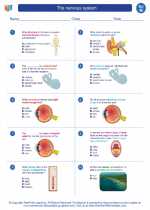
 Vocabulary/Answer key
Vocabulary/Answer key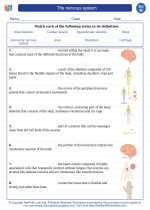
 Vocabulary/Answer key
Vocabulary/Answer key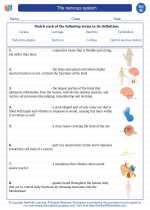
 Vocabulary/Answer key
Vocabulary/Answer key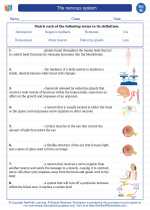
 Vocabulary/Answer key
Vocabulary/Answer key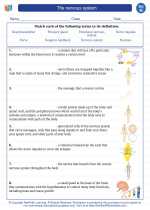
 Vocabulary/Answer key
Vocabulary/Answer key
 Vocabulary/Answer key
Vocabulary/Answer key